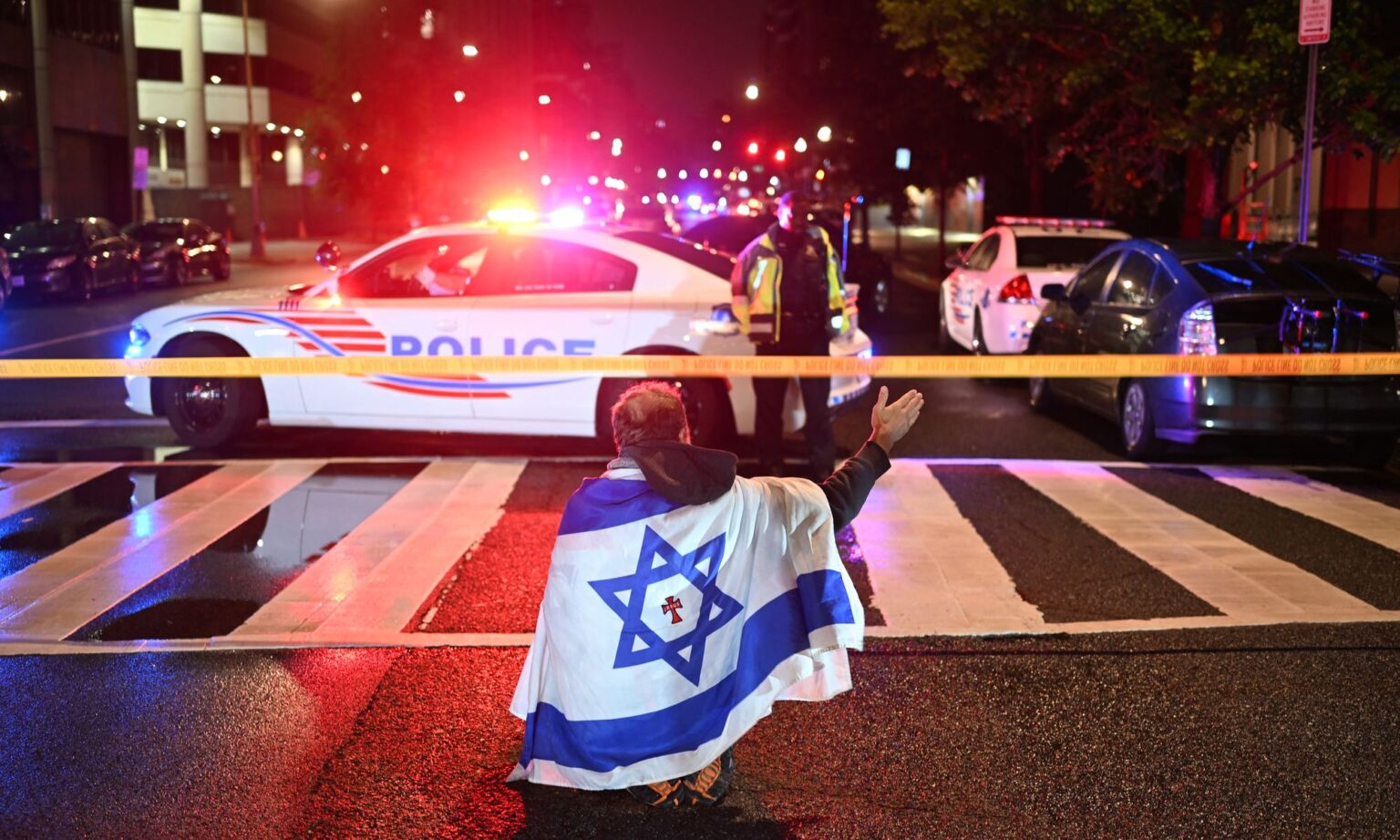
Long-read
Where have all the Jews gone?
Jews are fleeing from cities and nations that were once safe havens.
Want unlimited, ad-free access? Become a spiked supporter.
The killing of two young Israeli embassy staffers, allegedly by a college-educated, left-wing activist earlier this month, provided yet more evidence – if any were needed – of the perilous situation in which Western Jews now find themselves. Almost a century after the early rise of the Nazis, it seems anti-Semitism is on a roll again. And it is energised increasingly by campus-minted radicals in academia, the media and the culture at large.
Elias Rodriguez, the suspected assassin, is a case in point. He attended the Chicago campus of the University of Illinois, where he studied English, a shrinking discipline largely captured by ‘progressives’ and their narratives. Rodriguez, as a Hispanic, no doubt felt part of those supposedly ‘oppressed’ by the oppressor white establishment, which now includes Jews.
After his education (or perhaps indoctrination), Rodriguez worked for leftist non-profits, supported Black Lives Matter and later enjoyed a dalliance with the communist Party for Socialism and Liberation, a vehemently anti-Israel group. He epitomises the shift in the sociology of anti-Semitism, from the ill-educated far right to left-leaning college graduates.
Once the beloved object of Jewish ardour, universities are now one of the principal sources of anti-Semitic inculcation. Countless courses actively promulgate anti-Jewish and Israelophobic tropes. This is hardly a surprise given the generous funding leading universities have received from brutal Islamic states, such as Saudi Arabia and Qatar.
Given the extent of ideological indoctrination it’s no surprise that young Americans are far more likely than older cohorts to side with the Palestinians than with Israel. Indeed, the longer young people stay in education, notes a recent Anti-Defamation League study, the more likely they are to adopt anti-Israel and anti-Semitic views. Further research shows that this trend is particularly pronounced among minorities.
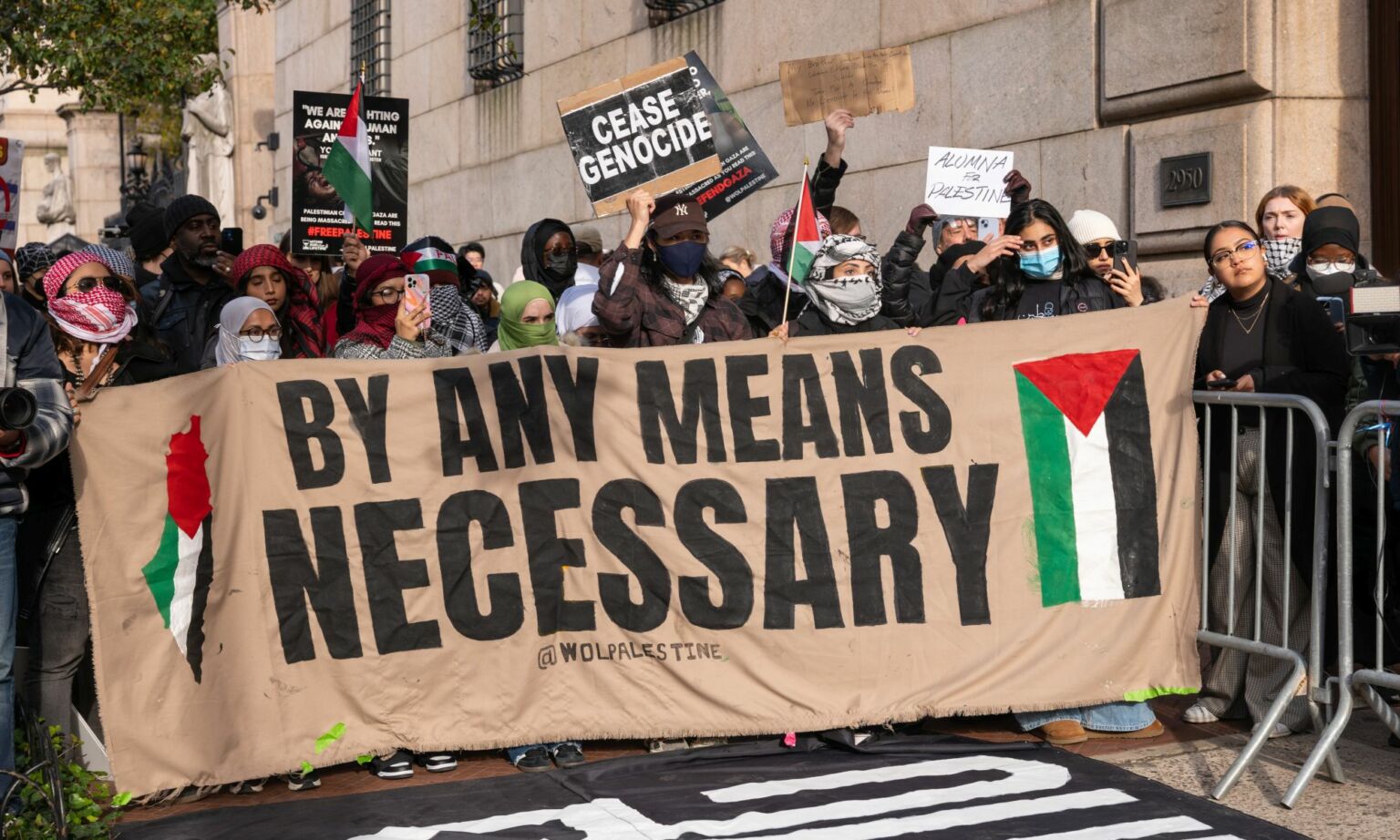
The growth of anti-Israel sentiment among young people is not based on any increase in knowledge about the situation in the Middle East. Indeed, the majority of people under 25 wrongly think Israel, not Hamas, has controlled Gaza over the past decade.
Whatever one thinks of Donald Trump’s assault on academia in the name of combatting anti-Semitism, there’s little doubt that elite Ivy League schools have a serious problem. In the immediate aftermath of the 7 October atrocities, Harvard student organisations openly excused Hamas and blamed Israel for the rape and murder of its own citizens. At Cornell University, one professor called Hamas’s pogrom ‘exhilarating’ and ‘energising’. And since then, across campuses, professors and students alike shout about ‘globalising the intifada’ – a cry that justifies the harassment, and even murder, of Jews everywhere.
There has been some pushback. This May, Jewish students filed a lawsuit against George Washington University in Washington, DC, not far from the site of the alleged murder of the two Israeli embassy staffers. They accuse GWU of violating Title VI of the Civil Rights Act by allowing a ‘hostile educational environment’ for Jews to develop over several years, particularly since 7 October 2023.
Similarly, the Louis D Brandeis Centre for Human Rights Under Law and Jewish Americans for Fairness have filed a lawsuit against Berkeley, alleging ‘longstanding, unchecked’ anti-Semitism. This includes attempts by 23 student organisations at UC Berkeley’s School of Law to mandate support for the Boycott, Divestment and Sanctions (BDS) movement, which demonises Israel as an ‘apartheid state’ and calls for its economic and cultural isolation. The student organisations also called for ‘Palestine 101 training’, and the banning of speakers with Zionist views.
The takeover of universities by the Israelophobes bodes ill for the future. Self-righteous authoritarianism has often attracted academics, as was clear in Nazi Germany and among the supporters of Communism throughout the West well into this century. And what is nurtured in universities does not stay there. The frothing violent fringe of campus activism is becoming increasingly mainstream. On Sunday, a 43-year-old Egyptian national was arrested for a suspected terror attack, allegedly throwing Molotov cocktails and using a makeshift flamethrower on demonstrators in Boulder, Colorado, who gathered in solidarity with Israeli hostages. The FBI says he shouted ‘Free Palestine’.
This means that Hebrew schools and synagogues, including my own in California, are now routinely patrolled by private police. At local community events, we count on the Orange County sheriffs much as Rome’s Jews have to rely on the carabinieri to guard their own cities’ famed Jewish ghetto.
As many Jews are discovering, they can’t always rely on the police. In Washington, a local rabbi, assaulted by pro-Hamas demonstrators, alleged that cops told him that they were instructed not to protect Israeli or Jewish institutions. This echoes the criticism of British police, who seem more tolerant of anti-Semites than those who oppose them, having arrested several protesters for accurately describing Hamas and Hezbollah as terrorist groups. In November last year, in Amsterdam, a long-time haven for Jews, Arab-Dutch gangs went on a ‘Jew hunt’ during and after a football match involving Maccabi Tel Aviv. The police were accused of doing nothing to protect Jews during and in the immediate aftermath of the game.
Throughout America and the West more broadly, Jews now find themselves menaced at every turn. They now have a shrinking number of ‘safe places’. In response, some are seeking safety in homogeneous, insulated environments. Others meanwhile are on the search for more congenial places to live. The wandering Jew has returned, now with his laptop in a backpack, seeking some form of security.
Things could change. The current Israeli rightist government, which is the ostensible object of so much activist anger, won’t be around forever. A new government could lead to softening in attitudes towards Israel and a reduction in anti-Semitism. But that probably will only work on the margins. History shows that it’s the continued existence of Israel itself that really motivates its critics around the world. Indeed, they were demonising Israel long before the current government of Benjamin Netanyahu came to power and long before the war in Gaza. They have vented against the Jewish State regardless of whether it was ruled by socialists, liberals or, as the case today, the hard right.
Anti-Zionism the world over has always been entwined with an intense Jew hatred – a hatred that is, ironically, pushing Jews towards Israel. In the Middle East, some of the oldest Jewish communities have been obliterated. As recently as the mid-20th century, there were a million Jews in Arab countries, places they had lived in for hundreds of years. Today, there are estimated to be barely 15,000.
In Europe, too, Jews are a rapidly diminishing population. In 1939, there were 9.5million Jews living in Europe, which dropped to 3.8million by 1945. Today, there are barely 1.5million Jews left in Europe. Due largely to the Holocaust and decline of Europe’s Jewish community, the world Jewish population, estimated at just under 16million, is still smaller than it was at the onset of the Second World War.
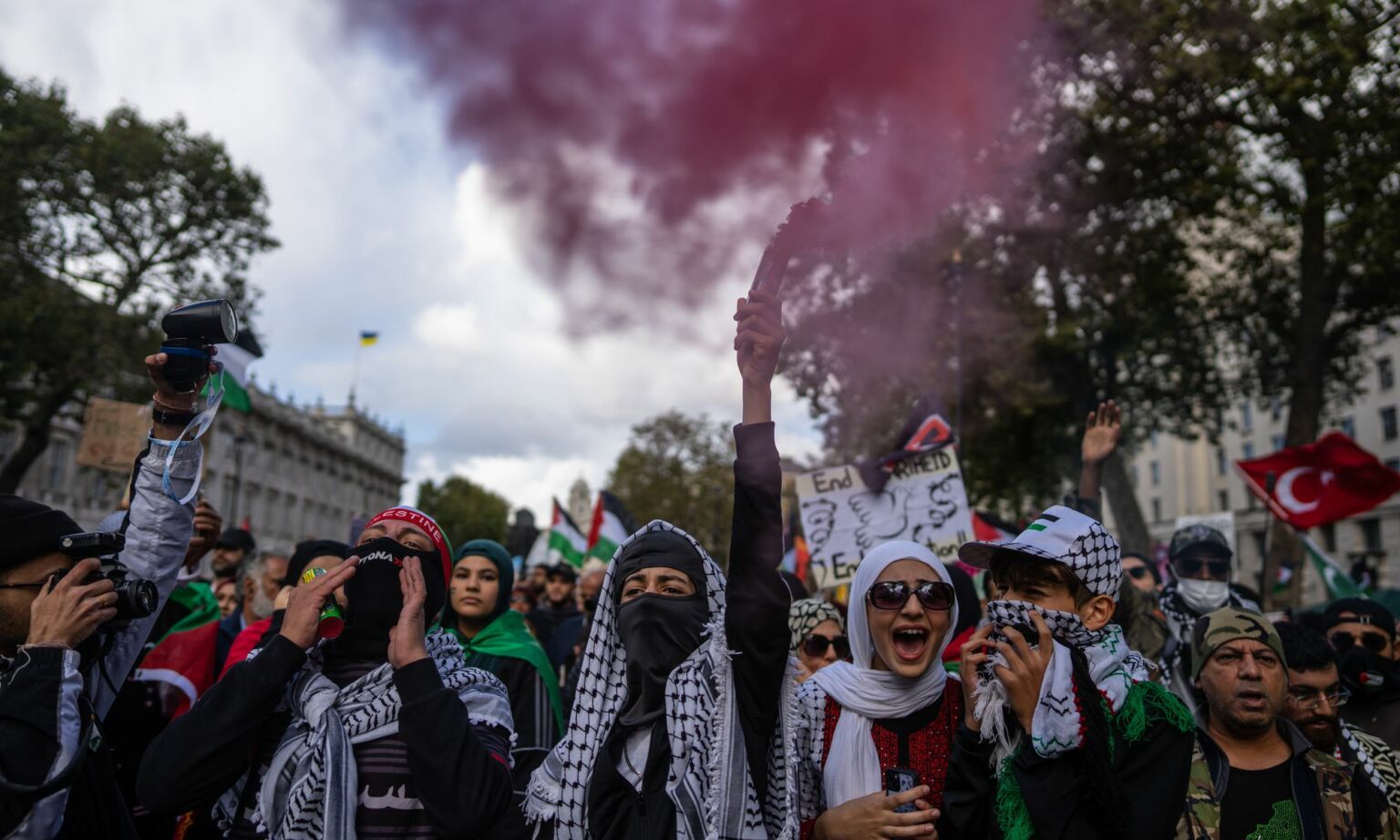
Europe has gone from a ‘safe space’ to an increasingly dangerous one. Even before Hamas’s pogrom, one in four Europeans reportedly endorsed anti-Jewish tropes. After 7 October, Jews have increasingly been hiding their identities – for example, by not wearing kippot or speaking Hebrew. ‘The climate is very, very difficult for Jews’, Yonathan Arfi, the president of the Representative Council of French Jewish Institutions, told the Guardian. ‘People are very, very worried about the future.’
The vast majority of European Jews, according to one recent survey, have experienced anti-Semitism personally and most expect it to get worse. Some have tried to suggest that this marks the resurgence of right-wing anti-Semitism – and, to be sure, anti-Jewish memes remain widespread among rightists. But backers of Marie Le Pen’s pro-Israel National Rally are unlikely to be responsible for the fourfold increase in anti-Semitic incidents in France over the past 18 months.
Indeed, most attacks on Jews in Europe come primarily from either the left or Muslims. In France, even in Paris, synagogues and other Jewish institutions are under constant attack. Not surprisingly, nearly 50,000 Jews have left France, mostly for Israel, since 2000. It’s difficult to see how France’s Jewish population will grow in the future. In the UK, the Jewish population has also declined over the past half century.
These demographics are also changing the nature of European politics. In major European countries and even Canada, Muslims are now five to 10 times as numerous as Jews. France, with Europe’s largest Jewish population of 440,000, is also home to nearly six million Muslims. British Jews now number under 300,000, while there are over four million British Muslims. Canada is home to 400,000 Jews, and some 1.8million Muslims.
These numbers may do much to explain the pressures political leaders like Britain’s Keir Starmer, France’s Emmanuel Macron and Canada’s Mark Carney are under to demonstrate their solidarity with the Palestinians and their distaste for Israel – something they did last week when jointly condemning Israel’s conduct in the war with Hamas. But worse may be in the offing if people like French left-wing leader, Jean-Luc Mélenchon, gain more political power. Mélenchon refused to even criticise Hamas for the 7 October atrocities. In the past, he has even emphasised the role of Jews in the killing of Christ.
The movement against Israel and Jews in these countries will exacerbate existing demographic trends. Jews were once widely dispersed around the world. But having lost many of their former havens, they are now concentrated in two countries: the US and Israel. These are home to 13.5million Jews out of a global total of 15.7million. Israel is clearly going to be home to the majority of Jewish people soon, as it is already home to nearly a majority of all Jewish children. By 2030, Israel could become, for the first time since early antiquity, the home to a majority of all Jews.

For the diaspora, America has long been seen as the last safe place outside Israel. This is one reason why the recent shooting in Washington, DC and the campus unrest have been so disturbing. The Jewish community in America feels menaced by the growing anti-Jewish mentality inculcated in the universities and now rife in the graduate-employment hubs of the media and the culture industries.
This cuts against America’s historical grain. The US has long been unique in its attitudes towards Jews. Our first president, George Washington, welcomed Jews in a way that was unthinkable in the Europe of his time. Writing to the Touro Synagogue in Rhode Island in 1790, Washington went beyond upholding tolerance to promote Jews’ full citizenship as part of ‘their inherent natural rights’. There were outbreaks of anti-Semitism in America in the late 19th century and particularly in the 1930s. But these never reached the horrendous levels seen in Europe or the Middle East.
Today things look far more ominous. Increasingly Jews are being assaulted and demonised even in once congenial places, like Brooklyn, New York City, where both of my parents grew up. It looks like American Jews now face two alternatives: like many Israelis, they can turn inward, and embrace traditional and even chauvinistic Jewish values – or they can seek new, safer places that welcome them.
It seems inevitable that American Jews, as well as the remnants of their European compatriots, will become more orthodox in their orientation. By some estimates, orthodox Jews are set to rise from 12 per cent of all Jews today to close to 30 per cent in the next four decades, while the reform ranks decline by almost half. Two-thirds of Jewish children in the New York area are already orthodox.
Unlike the liberal Jewish rabbinate, orthodox Jews are less concerned with Tikkun Olam (‘healing the world’), than with self-preservation. They look to circle their wagons, as diaspora Jews have done for millennia. They focus on conserving tradition and a sense of community, epitomised by the Chabad movement, which is arguably the most dynamic force in American Jewry.
Chabad welcomes people with little religious training, serves campuses and also operates in far-flung suburban communities. It claims its centres have grown from 168 in 2013 to 257 today. It is planning on investing some $200million in new buildings and, most importantly, has become the place where young people engage with all things Jewish, whether in Florence, Montreal or even the UAE.
Orthodox Jews focus on defending their community. In Los Angeles’ heavily Jewish Pico-Robertson neighbourhood – a community laced with temples, kosher markets and stores selling modest clothes worn by the religiously frum – the orthodox-backed organisation, Hatzolah, provides free security and emergency services. Some of its volunteers come from the ranks of the US military as well as the Israel Defence Forces. They can be seen regularly patrolling this two-square-mile area of LA.
Asked why they do this, a Hatzolah organiser explained that LA Jews are increasingly concerned about their safety. Recent pro-Hamas demonstrations have forced at least one LA synagogue to relocate its services, while others have been vandalised. In November 2023, demonstrators caused significant disruption in the traditionally Jewish Fairfax district.
The LA home owned by Steve Tuchin, president of the American Israeli Public Affairs Committee, has been attacked with smoke bombs and red paint. And in a particularly bizarre incident, Brian Williams, the city’s deputy mayor for public safety, admitted threatening to plant a bomb in City Hall in protest to the municipality’s refusal to cut ties to Israel.
This strategy of Jewish self-preservation is understandable. But the alignment with the Trumpian right also has its flaws. Many conservative Christians may adore Jewish tradition and embrace Israel, but many other Trumpian figures on the right also flirt with anti-Semitic tropes, with some expressing outright hatred.
The other response to the growing hostility to Jewry in the US is to flee. Many of the cities in which Jews once thrived have issued one-sided denunciations of Israel since Hamas’s pogrom. These include ‘progressive’ cities like Oakland, Chicago, Seattle, Long Beach and Madison, home to the main campus of the University of Wisconsin.
Just as in the past, American Jews are moving away from urban cores – where violence and now anti-Semitism are more obvious. Historian Arthur Hertzberg estimated that between the end of the Second World War and 1956, one-third of all Jews left the urban centers for the suburbs. When you think of Jewish communities, particularly outside orthodoxy, you think not of the Lower East Side but Long Island and Westchester. In LA, Boyle Heights has been supplanted first by the San Fernando Valley and increasingly the Conejo Valley even further from Downtown. In Greater Baltimore today, three-fourths of all Jews live in the suburbs.
The same forces – crime and rising anti-Semitism – have also prompted many Jews to move to the South. Long seen as too conservative and Christian fundamentalist, the South is now the ‘it’ place for Jews, both in terms of basic safety and economic opportunity. Demographer Ira Sheskin notes that while the north-east’s share of US Jews has dropped from 68 per cent in 1955 to 41 per cent today, the South’s share of the US Jewish population has soared from a mere eight per cent in 1955 to 24 per cent. The ‘hot’ cities for Jewish growth include Dallas, Houston and Atlanta, as well as Miami.
More and more Jewish young people are choosing colleges on similar grounds. For generations, the dream of Jewish parents was to send their offspring to the Ivy League, or the great public universities like Berkeley or UCLA. But today, the leading destination for Jewish students is the University of Florida, with the University of Central Florida ranking third.
The reason for this shift is simple. Jewish young people are safer in the South. According to one study ranking universities’ level of hostility toward Jewish students, Columbia, the University of Pennsylvania and three University of California campuses were among the most hostile. The least hostile environments included Tulane in New Orleans, Washington University in St Louis and five colleges in Florida.
Jews may be in the depths of despair, as their havens throughout the West sometimes seem to be turning into an anti-Zionist, Jew-hating hellscape. But they have hope, too. After all, Jews have survived outside Israel for two millennia by adapting, shifting their locales and their political loyalties to fit changing realities. We may be horrified by recent events. But in the face of those who yearn for our destruction, we will persevere.
Joel Kotkin is a spiked columnist, a presidential fellow in Urban Studies at Chapman University in Orange, California, and a senior research fellow at the University of Texas’ Civitas Institute.
You’ve read 3 free articles this month.
Support spiked and get unlimited access.
Help us hit our 1% target
spiked is funded by readers like you. It’s your generosity that keeps us fearless and independent.
Only 0.1% of our regular readers currently support spiked. If just 1% gave, we could grow our team – and step up the fight for free speech and democracy right when it matters most.
Join today from £5/month (£50/year) and get unlimited, ad-free access, bonus content, exclusive events and more – all while helping to keep spiked saying the unsayable.
Monthly support makes the biggest difference. Thank you.
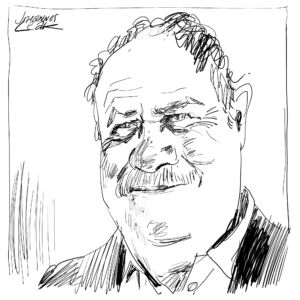
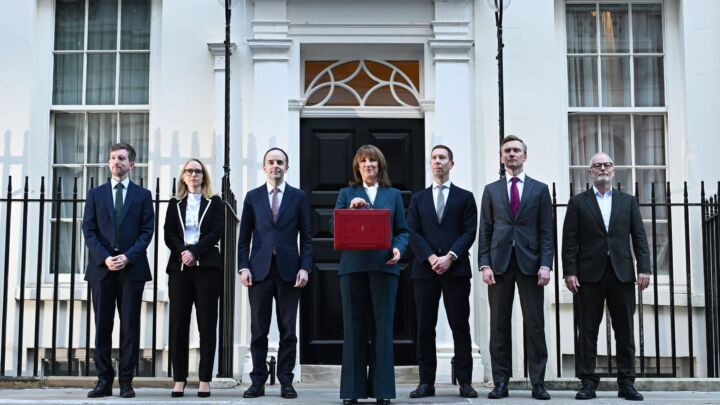
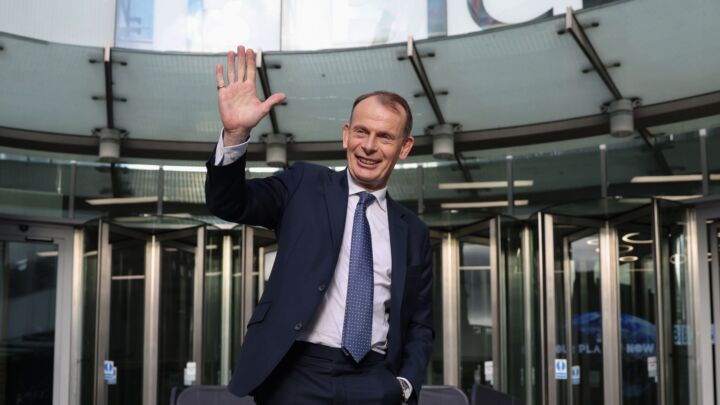

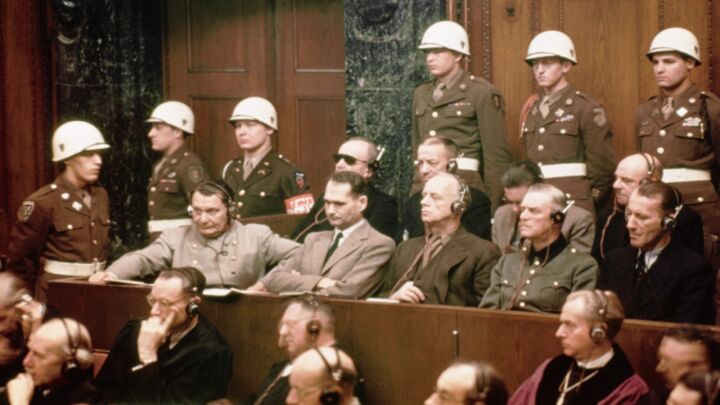

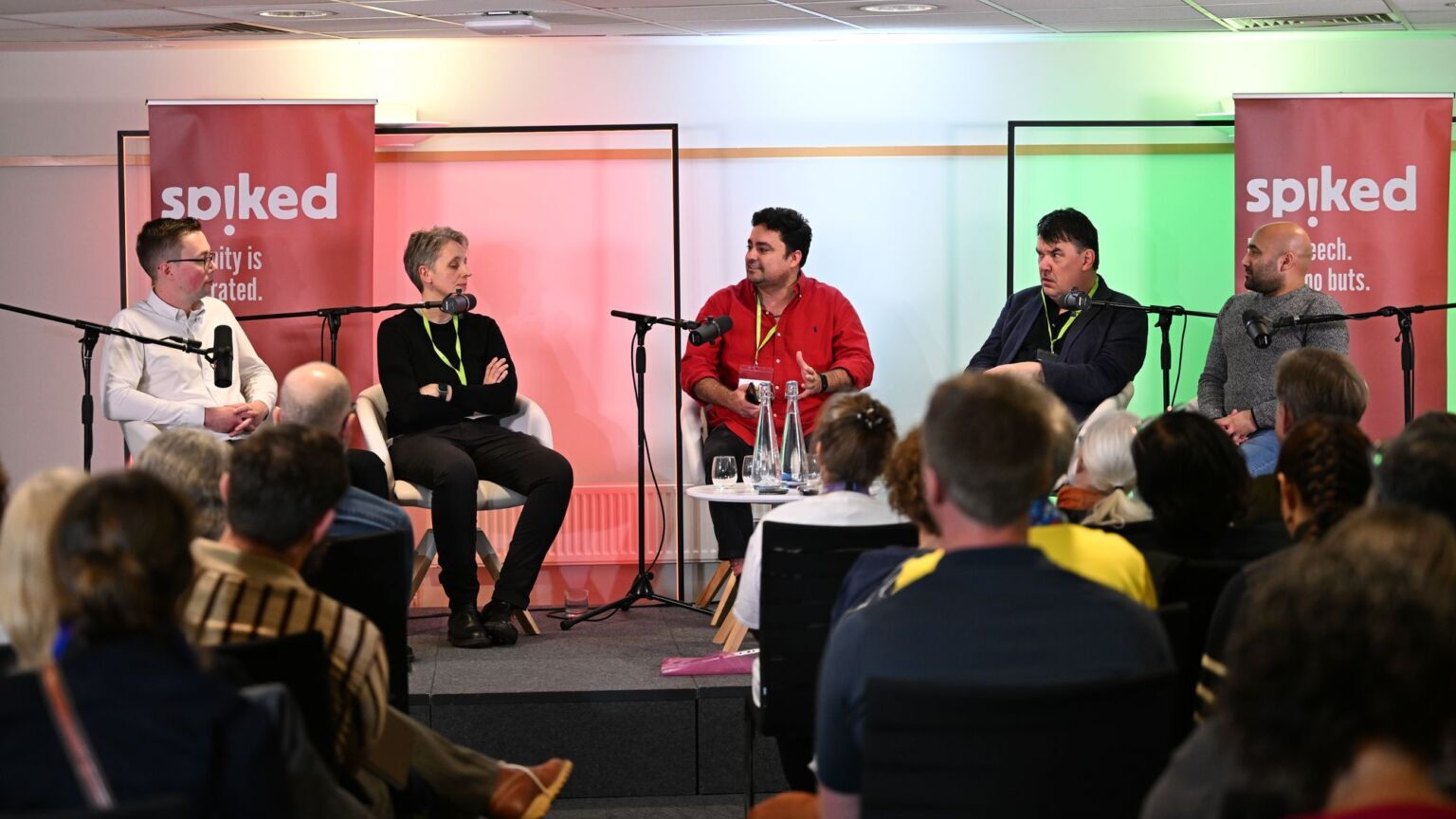
Comments
Want to join the conversation?
Only spiked supporters and patrons, who donate regularly to us, can comment on our articles.